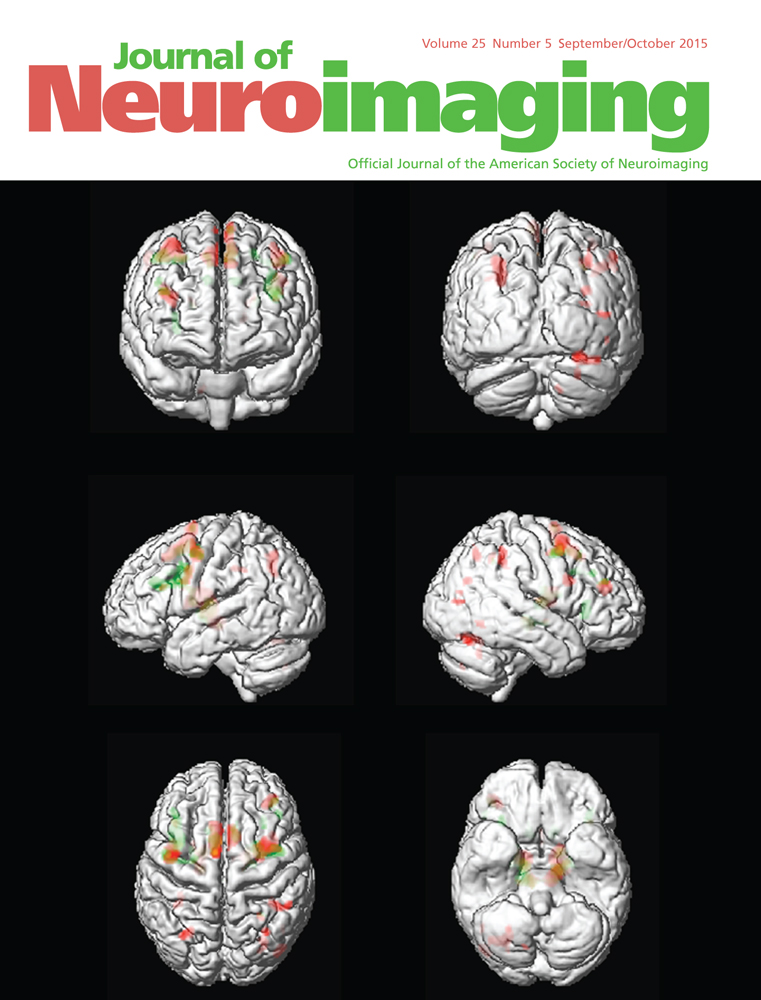MRI Findings in Nonlesional Hypertrophic Olivary Degeneration
Acknowledgments: The authors thank Sonia Watson, PhD, for assistance in editing the manuscript and Jennifer Geske, M.S. for assistance in statistical analysis.
Disclosure: There is no external funding or conflicts of interest to disclose.
This manuscript is not under consideration elsewhere and has not been previously published in part or in whole.
ABSTRACT
PURPOSE
Investigate the relative frequency of nonlesional versus lesional hypertrophic olivary degeneration (HOD) and potential explanations for nonlesional HOD.
METHODS
Our radiology report database was queried for “HOD” in all head MRI reports between 7/1/2002 and 7/1/2013 and identified 138 patients. Specific absence of HOD or cases with lesions within the dento-rubro-olivary pathway (DROP) or extending into the inferior olivary nuclei (ION) were excluded (22 in total). For included patients, 19 locations with the anatomic potential to connect to the ION or DROP were reviewed and grouped into embryological categories, along with the use of the drug metronidazole.
RESULTS
A total of 51 of 116 (44%) HOD patients did not have a causative lesion in the DROP. The 27/51 (53%) of these patients had progressive ataxia with palatal tremor (PAPT). The 28/51 (55%) patients had one or more lesions outside of the DROP and one of these 28 patients used metronidazole. The remaining 23/51 (45%; 19% of total HOD cohort) patients had no additional lesions in the brain and 6 of these 23 patients did not have a clinical diagnosis of PAPT.
CONCLUSION
Forty-four percent of patients with HOD did not demonstrate an MRI-identifiable lesion in the DROP, and 45% of those patients did not have identifiable brain lesions outside of the DROP. Thus, nearly a fifth of HOD cases may be truly idiopathic. A majority of patients without a DROP lesion had bilateral HOD and two-thirds were male.




